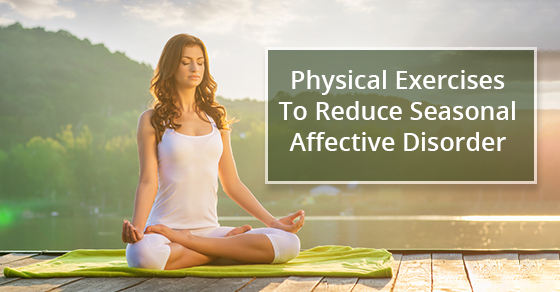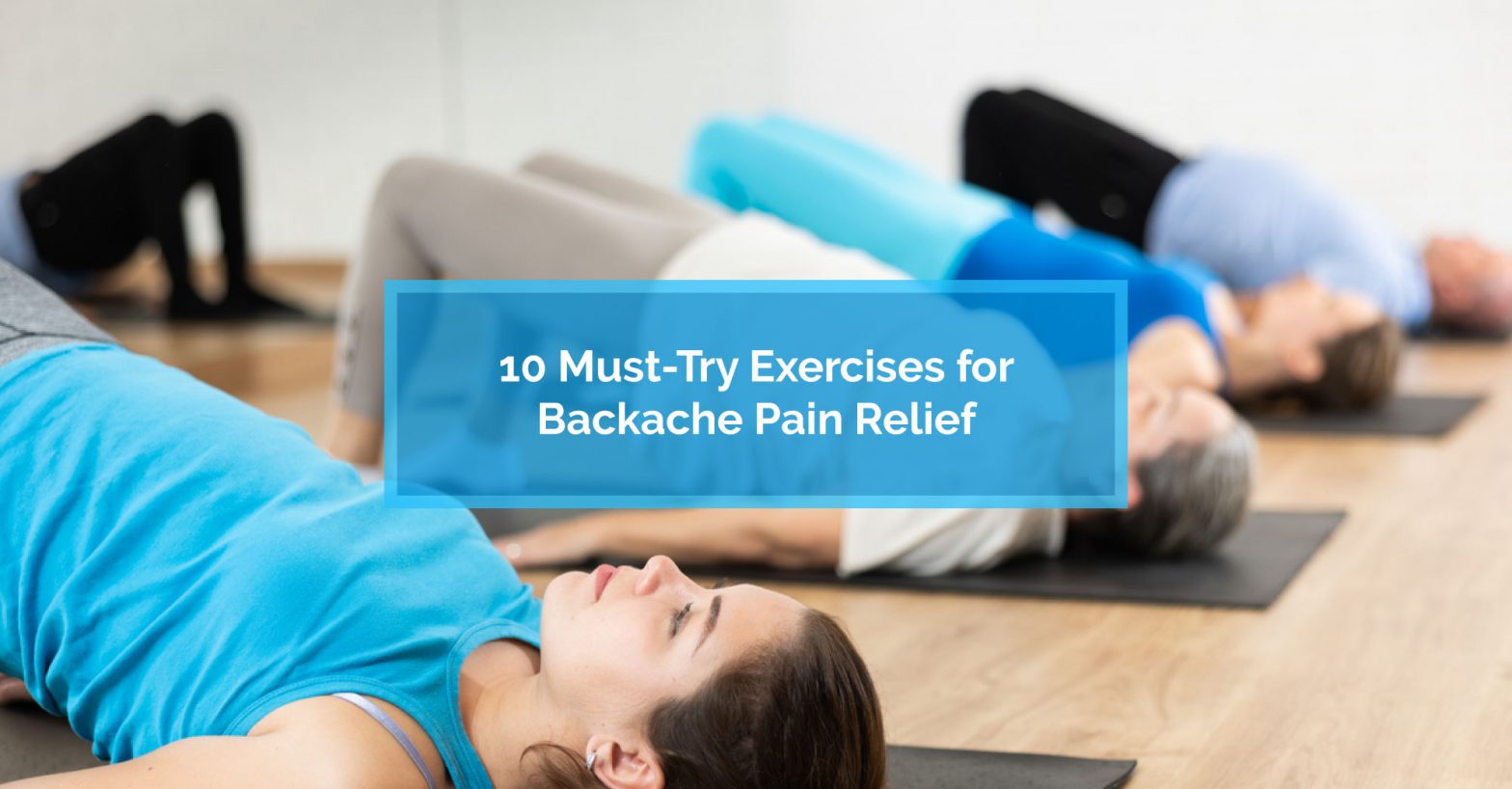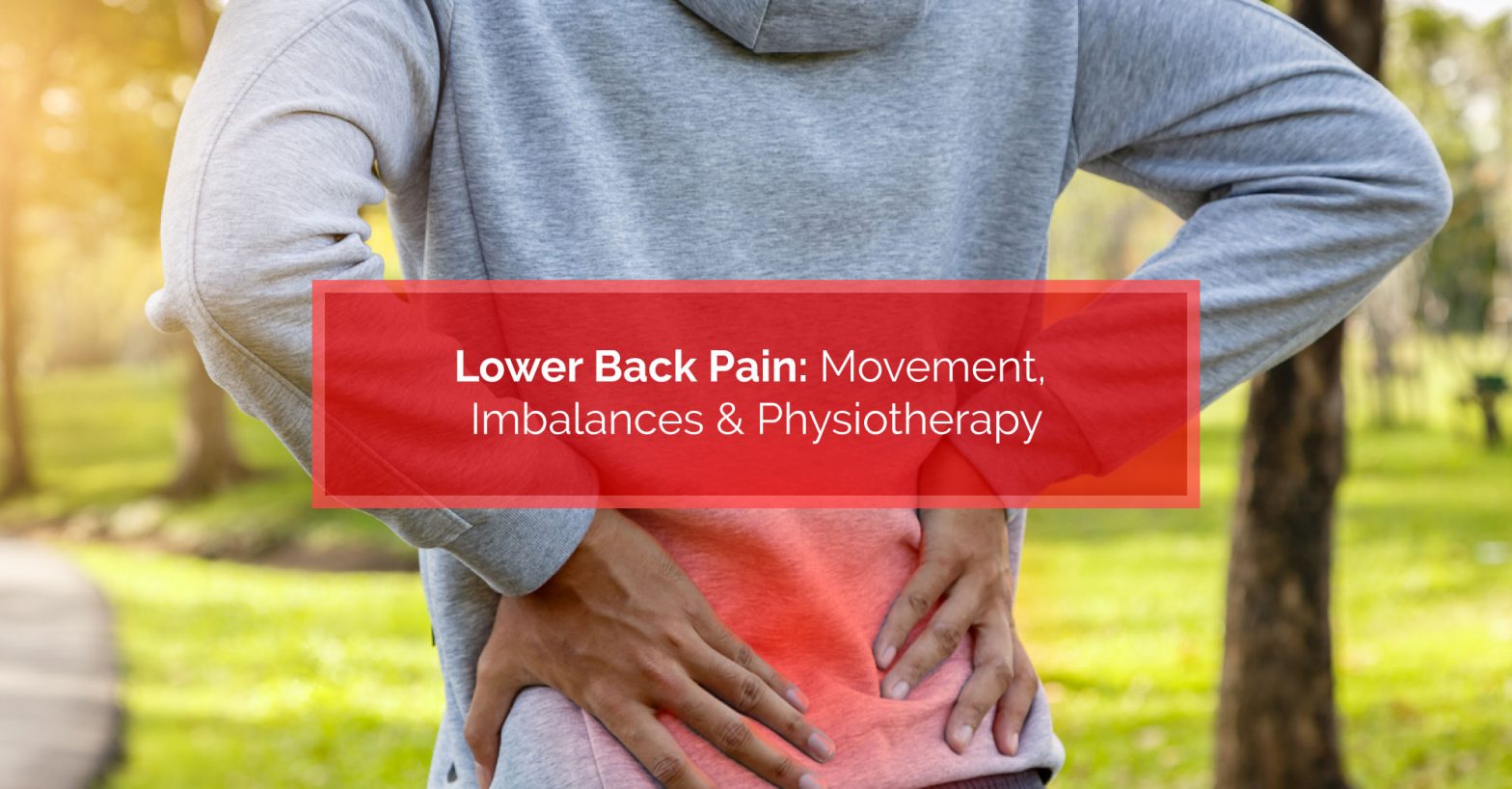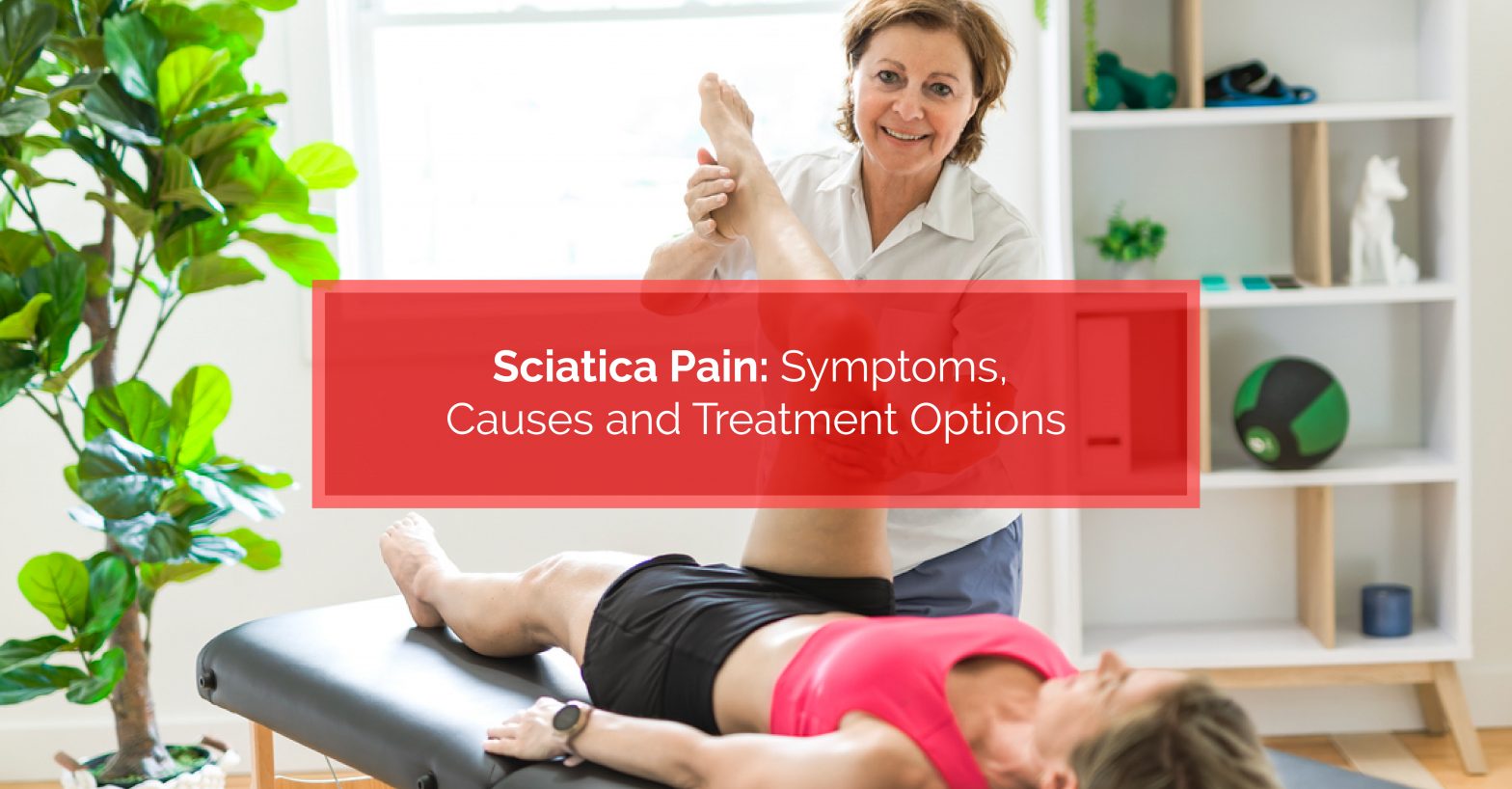10 Must-Try Exercises for Backache Pain Relief...
Key Highlights: Backache pain is a common issue that can…
Read More
Posted by Dr. Scott Wilson | 13-Aug-2018
Many people find themselves feeling down during the winter months, especially when daylight savings comes into effect and there’s less sunlight to soak in. While many people experience a fluctuation in their mood when the winter months approach, some have it a little worse than others. If you find yourself becoming less social, losing interest in your favourite activities, and have issues with your sleep pattern, then you may have a case of seasonal affective disorder.
Seasonal affective disorder (SAD) is a type of depression that is directly related to change in seasons. Some people may think of this annual mood change as winter blues or just a seasonal funk, but it shouldn’t be brushed off as just another bad day. SAD can seriously affect your everyday life — from finding it difficult to get out of bed to lacking motivation at work, you should take measures to work against your bout of seasonal affective disorder.
If you suffer from SAD, one surefire way of uplifting your mood is to exercise; it’s been proven that people can avoid SAD by engaging in exercise for 30-60 mins every day. By getting up and getting moving, you’ll give yourself the mental and physical boost you need. Getting out of bed while you’re feeling down is easier said than done, but you’re guaranteed to feel better after a quick workout; thinking about the end result might help give you that first little push you need.
Here are some easy exercises that you can do at home to help elevate your mood during the winter months.
Yoga
Yoga is one the most effective forms of exercise that will make you feel content. Research has shown that those who practice yoga 3-4 times a week see an improvement in their psychological well-being.
Yoga consists of a number of stretching and breathing exercises. It promotes a sense of calmness and allows participants to reconnect with themselves. By practicing controlled breathing and periods of meditation, you’ll learn to harness your emotions to combat your case of SAD.
Yoga is a low-impact method for healing the body and mind; it decreases symptoms of depression and anxiety and lowers both your heart rate and blood pressure. Its calm nature also works to reduce the stress, which can be a contributing factor to SAD.
Walking
A simple yet effective option, walking is the perfect way to defeat seasonal affective disorder. A simple ten-minute walk can help gear you up for the day ahead, or calm you down if you’re experiencing feelings of anxiety.
If you think you might have a hard time motivating yourself to go for daily walks, pair up with a buddy. Chances are, you’re not the only one in your family or friend group that’s feeling down. Pairing up with someone can help them, as well as keep you accountable. If one of you is having a particularly bad day, you can depend on the other to give you the push you need to get out and start your day on a positive note.
Similar to yoga, you can choose your difficulty level when it comes to taking walks. You can go for a leisurely stroll in the morning, or opt for a brisk speed walk to work up a sweat; it can be as easy or challenging as you’d like it to be.
Aerobics
Aerobic exercises include running, cycling or swimming. Aerobic exercises are not low impact, so you should only attempt them if you’re up for a challenge. You’ll be able to increase your heart rate and really get it pumping, whether you’re cycling or swimming. Opening up your and lungs, you’ll breathe new life into your body and hopefully find the motivation you need to get through another winter day.
In addition to lowering your blood pressure, aerobic exercises will help you burn off that extra fat. It’s normal to put on a few pounds in the winter months since you’re no longer enjoying hikes and weekends swimming at the beach, so a little help maintaining a healthy weight will go a long way.
Pilates
If you’re finding that you have trouble sleeping at night or have developed an inconsistent sleep pattern due to SAD, then you might want to try implementing some pilates into your workout routine. Research has proven that doing pilates can decrease the amount of time it takes to fall asleep. If you’re looking to improve your sleep habits, try this simple pilates exercise:
Wall Roll Down
These are just a few simple ideas to help you combat your seasonal affective disorder. Dealing with the woes of winter can be a real downer, but exercise can help you regain a positive attitude — if you need an additional boost, just remember that summer will eventually return.
For more information about how to take care of your health, contact Physiomed by finding a clinic near you, or contact us here.

Key Highlights: Backache pain is a common issue that can…
Read More
Key Highlights: Neck pain can be caused by various factors…
Read More
Lower back pain is a common health concern that affects…
Read More
When it comes to weight loss, many people focus solely…
Read More
Stress has become an increasingly common and often overwhelming experience…
Read More
Sciatica pain is a common complaint that affects many people…
Read More